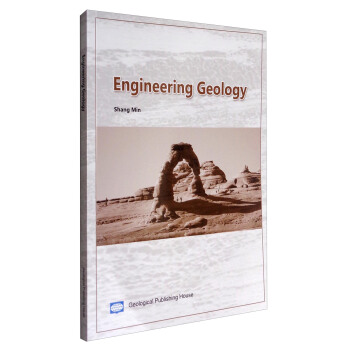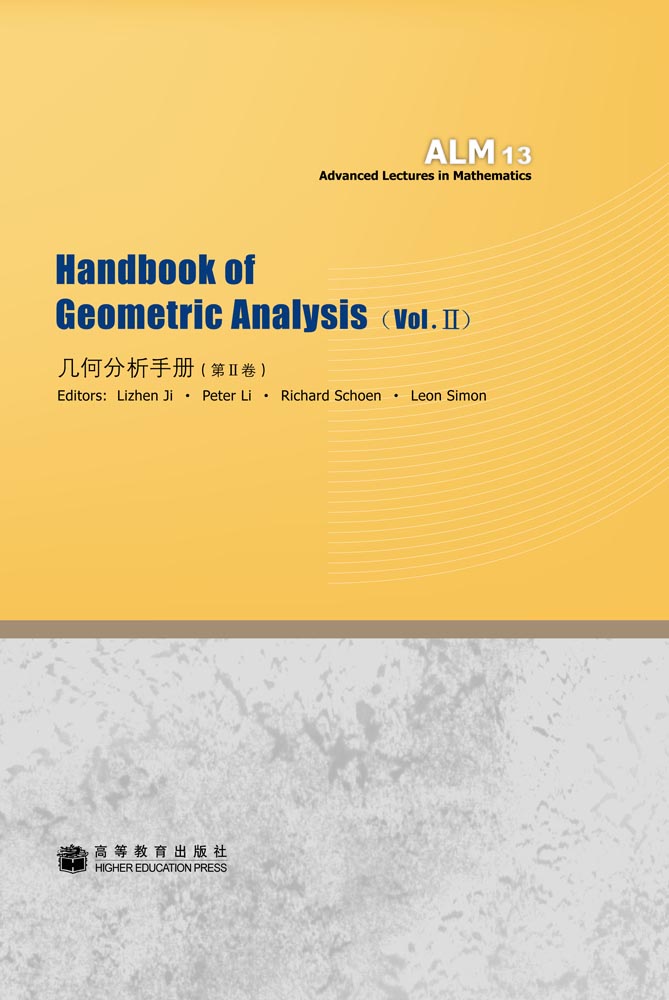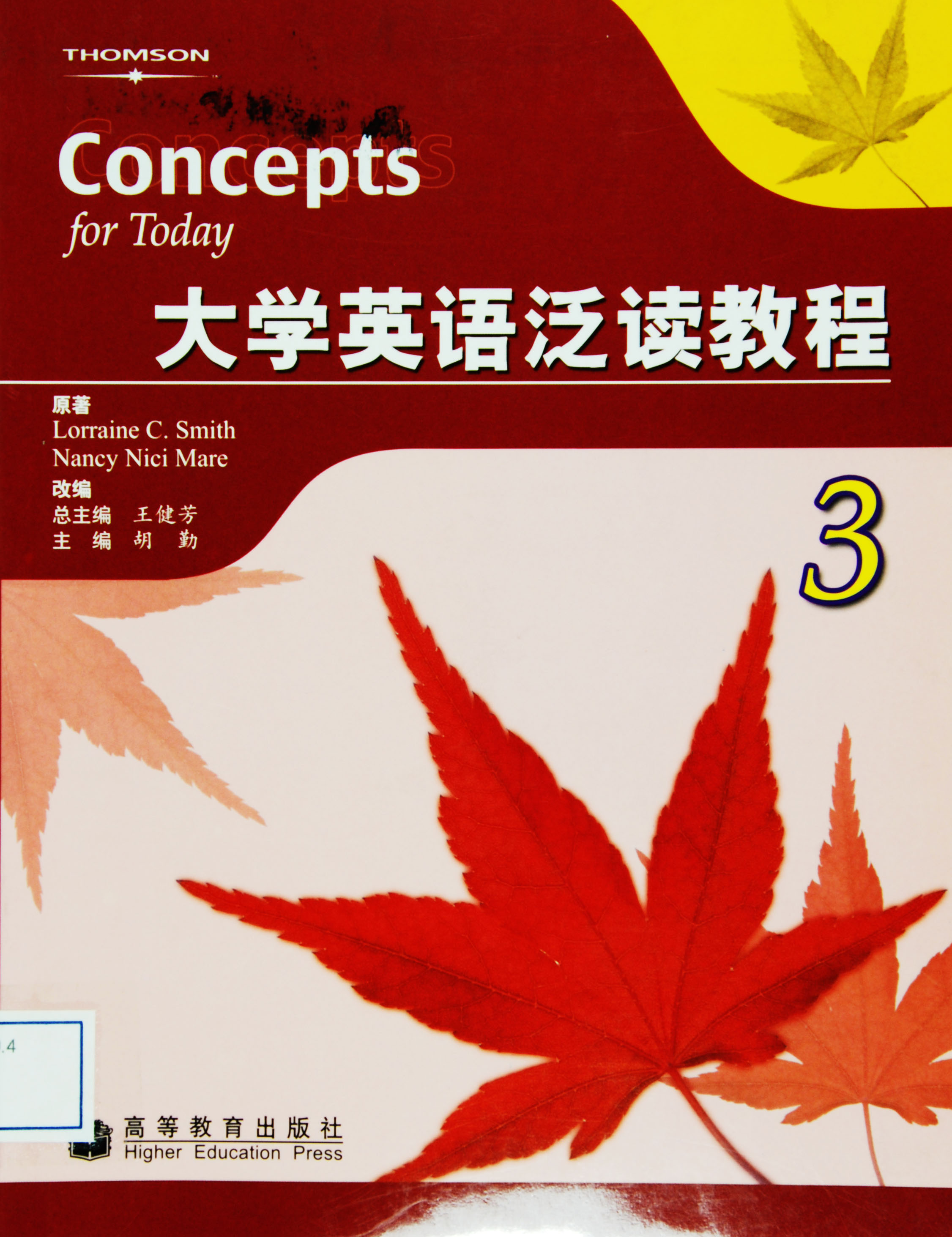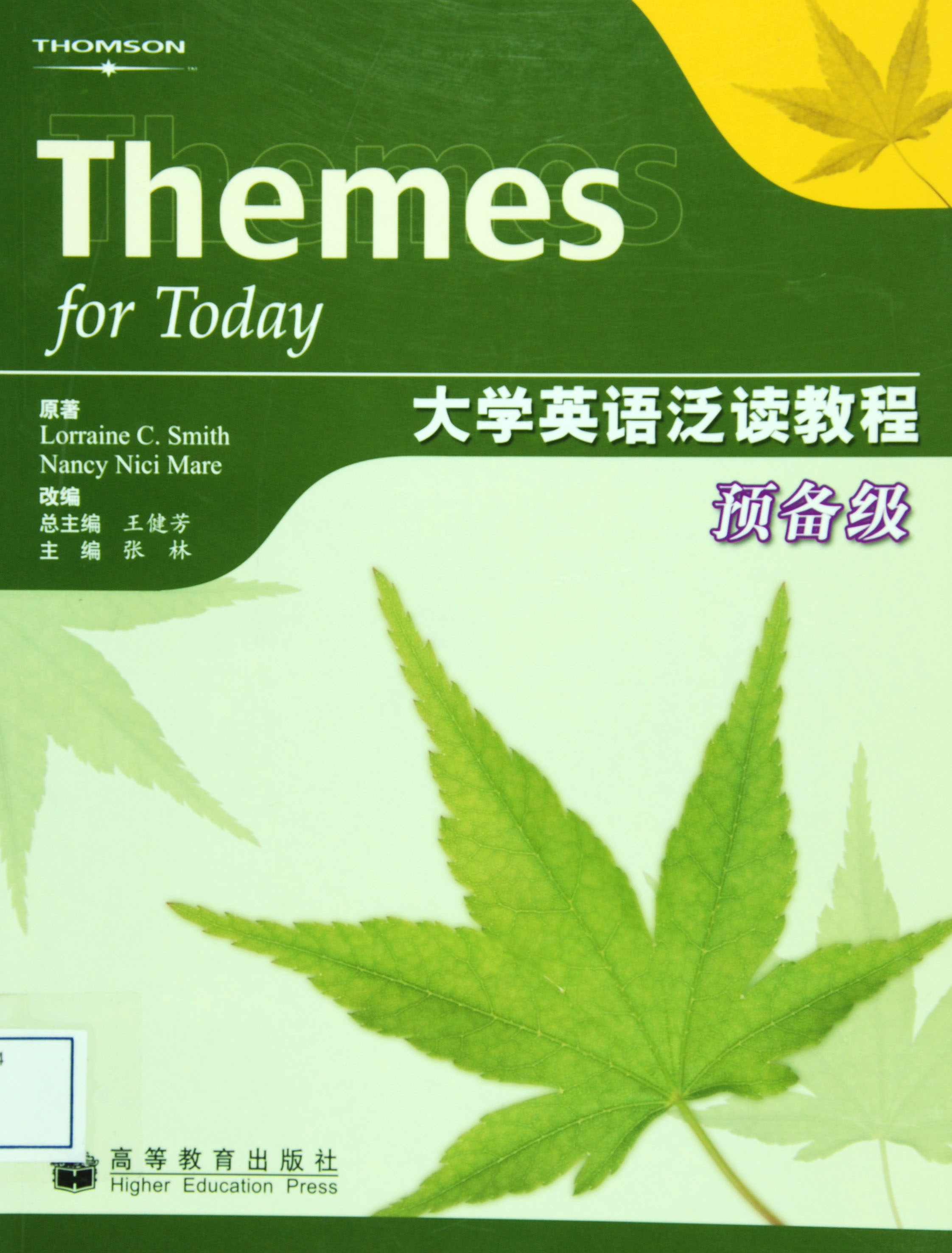工程地质学(英汉双语教学教材·彩色)
定价:¥30.00
作者: 尚敏主编
出版时间:2017-02
出版社:地质出版社
- 地质出版社
- 9787116102446
- 1版
- 43897
- 49258931-2
- 平装
- 正16开
- 2017-02
- 200
- 144
- 工学
- 地质类
- P642
- 勘查技术与工程
- 本科
作者简介
内容简介
Along with the implementation of China's strategy of globalization, the promotion of "the Silk Road Economic Belt and the 21st-Century Maritime Silk Road" project, and the continuous intemationalization ofitems construction, a number of professional staff majored in engineering geology and related technical have gone aboard to engage in transnational projects. To adapt to the new international environment, a new generation of engineering geology professionals have to be trained by the universities, researching institutes and domestic multinational enterprises. As English is the language used most widely in the world, it is necessary for us to master the common and specialized English. In view of this, the author has written the Engineering Geology after three-year efForts.
This book mainly focuses on the basic knowledge of engineering geology, with nine chapters. In chapter 1 the development history, the research scope and the branches of engineering geology are introduced. Chapter 2 and chapter 3 are about the definition, classification, properties of three types of rocks, including igneous rocks, sedimentary rocks and metamorphic rocks, based on the general rock minerals. In chapter 4, it introduces the geological actions of weathering, slope, fiuvial geology and wind. As for chapter 5, geological structures are mentioned detailedly, such as the folds, faults, and the discontinuity ofjoints and fissures. In chapter 6, the main object of engineering construction-soil, is introduced, and the formation of soil and the main properties of soil are analyzed briefly. The definitions, circulations and main issues of groundwater are discussed in chapter 7. The types, inducing factors and preventive measures of mass wasting are introduced in the next chapter. The book ends on the discussion of the common natural disaster-earthquake.
This book can be the teaching materials or the extracurricular reading book for undergraduate and graduate students, majored in geological engineering, geotechnical engineering, hydraulic engineering, civil engineering, etc. And it also is the reference book for the professional staff, management personnel and teachers, who engaged in work related to geological engineering.
This book mainly focuses on the basic knowledge of engineering geology, with nine chapters. In chapter 1 the development history, the research scope and the branches of engineering geology are introduced. Chapter 2 and chapter 3 are about the definition, classification, properties of three types of rocks, including igneous rocks, sedimentary rocks and metamorphic rocks, based on the general rock minerals. In chapter 4, it introduces the geological actions of weathering, slope, fiuvial geology and wind. As for chapter 5, geological structures are mentioned detailedly, such as the folds, faults, and the discontinuity ofjoints and fissures. In chapter 6, the main object of engineering construction-soil, is introduced, and the formation of soil and the main properties of soil are analyzed briefly. The definitions, circulations and main issues of groundwater are discussed in chapter 7. The types, inducing factors and preventive measures of mass wasting are introduced in the next chapter. The book ends on the discussion of the common natural disaster-earthquake.
This book can be the teaching materials or the extracurricular reading book for undergraduate and graduate students, majored in geological engineering, geotechnical engineering, hydraulic engineering, civil engineering, etc. And it also is the reference book for the professional staff, management personnel and teachers, who engaged in work related to geological engineering.
目录
Preface
Chapter 1 Introduction
1.1 History
1.2 The Practice
1.3 Scope of Studies
1.4 Geo-hazards and Adverse Geo-conditions
1.5 Soil and Rock Mechanics
1.6 Methods and Reporting
Chapter 2 Minerals
2.1 Definition
Basic definition
Rocks, ores, and gems
Nomenclature and classification
2.2 Mineral Chemistry
2.3 Physical Properties
Hardness
Luster and diaphaneity
Color and streak
Cleavage, parting, fracture, and tenacity
Specific gravity
Other properties
Chapter 3 Rocks
3.1 Igneous Rocks
Igneous intrusions
Volcanic activity and extrusive rocks
Texture ofigneous rocks
Igneous rock types"'
3.2 Metamorphism and Metamorphic Rocks
Metamorphic textures and structures
Thermal or contact metamorphism
Regional metamorphism
Dynamic metamorphism
Metasomatism
3.3 Sedimentary Rocks
Bedding and sedimentary structures
Sedimentary rock types
Stratigraphy and stratification
Chapter 4 Geology Actions
4.1 Weathering
Mechanical weathering
Chemical and biological weathering
Engineering classification of weathering
4.2 Movement of Slopes
Soilcreep
Landslides
Classification of landslides
4.3 Fluvial Processes
The development of drainage systems
Karst topography and underground drainage
4.4 Wind Action and Desert Landscapes
Wind action
Desert dunes
4.5 Stream Action in Arid and Semi-arid Regions
Chapter 5 Geology Structures
5.1 Folds
Anatomy of folds
Types of folding
……
Chapter 6 Soils
Chapter 7 Ground Water
Chapter 8 Mass Wasting
Chapter 9 Earthquake
References
Chapter 1 Introduction
1.1 History
1.2 The Practice
1.3 Scope of Studies
1.4 Geo-hazards and Adverse Geo-conditions
1.5 Soil and Rock Mechanics
1.6 Methods and Reporting
Chapter 2 Minerals
2.1 Definition
Basic definition
Rocks, ores, and gems
Nomenclature and classification
2.2 Mineral Chemistry
2.3 Physical Properties
Hardness
Luster and diaphaneity
Color and streak
Cleavage, parting, fracture, and tenacity
Specific gravity
Other properties
Chapter 3 Rocks
3.1 Igneous Rocks
Igneous intrusions
Volcanic activity and extrusive rocks
Texture ofigneous rocks
Igneous rock types"'
3.2 Metamorphism and Metamorphic Rocks
Metamorphic textures and structures
Thermal or contact metamorphism
Regional metamorphism
Dynamic metamorphism
Metasomatism
3.3 Sedimentary Rocks
Bedding and sedimentary structures
Sedimentary rock types
Stratigraphy and stratification
Chapter 4 Geology Actions
4.1 Weathering
Mechanical weathering
Chemical and biological weathering
Engineering classification of weathering
4.2 Movement of Slopes
Soilcreep
Landslides
Classification of landslides
4.3 Fluvial Processes
The development of drainage systems
Karst topography and underground drainage
4.4 Wind Action and Desert Landscapes
Wind action
Desert dunes
4.5 Stream Action in Arid and Semi-arid Regions
Chapter 5 Geology Structures
5.1 Folds
Anatomy of folds
Types of folding
……
Chapter 6 Soils
Chapter 7 Ground Water
Chapter 8 Mass Wasting
Chapter 9 Earthquake
References








